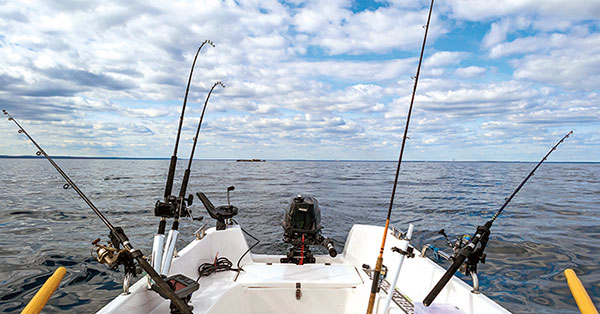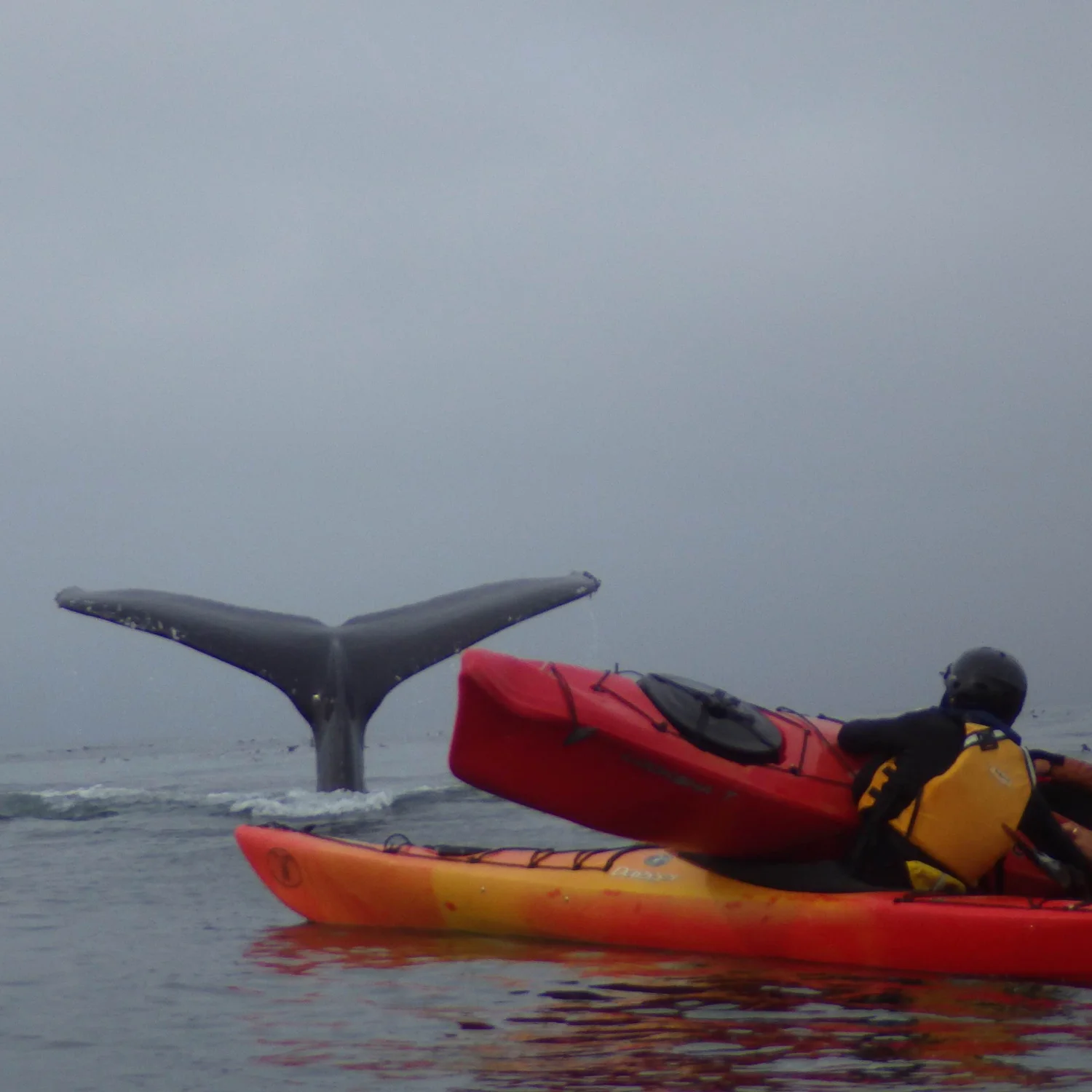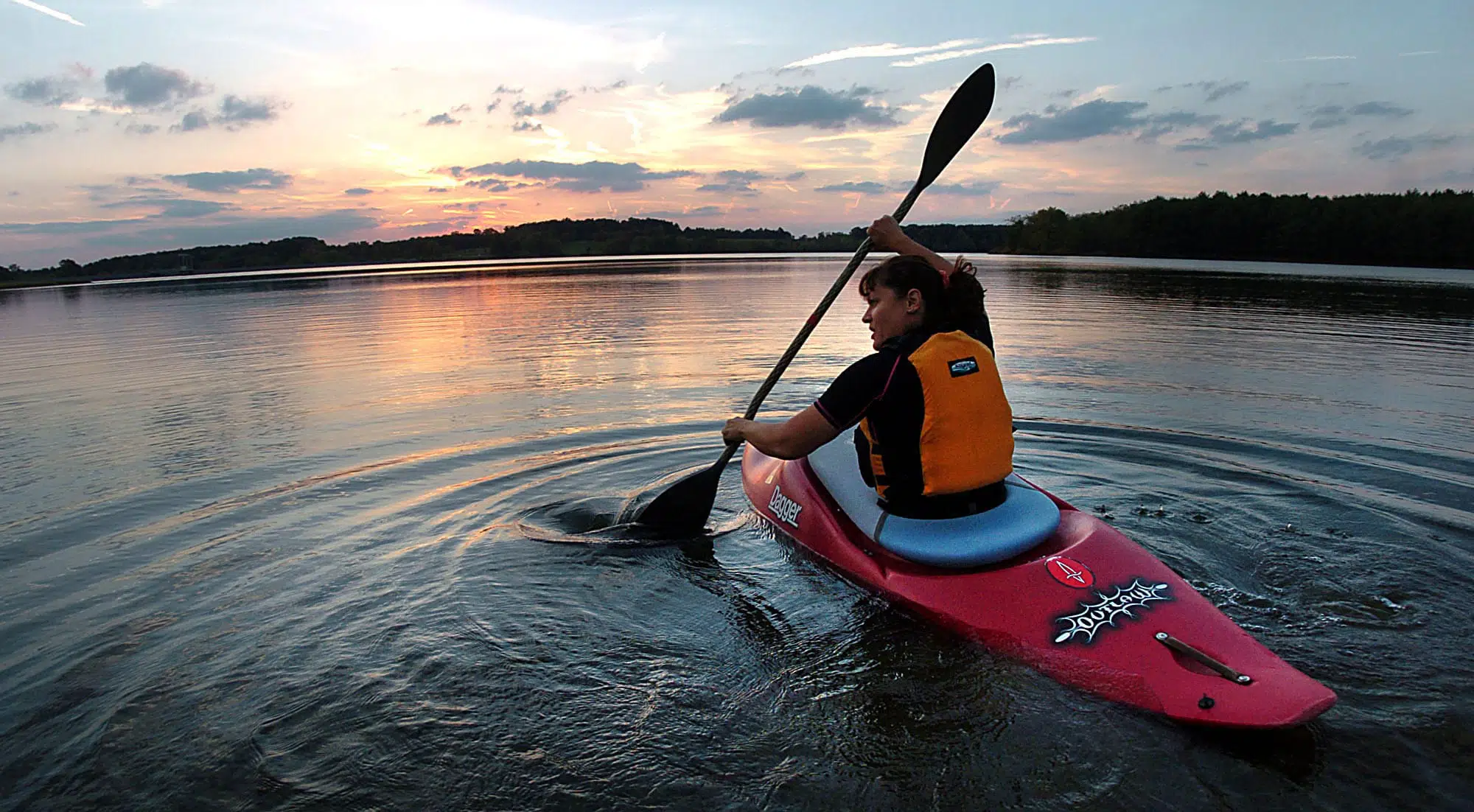
- Alabama
- Alaska
- Arizona
- Arkansas
- California
- Colorado
- Connecticut
- Delaware
- Florida
- Georgia
- Hawaii
- Idaho
- Illinois
- Indiana
- Iowa
- Kansas
- Kentucky
- Louisiana
- Maine
- Maryland
- Massachusetts
- Michigan
- Minnesota
- Mississippi
- Missouri
- Montana
- Nebraska
- Nevada
- New Hampshire
- New Jersey
- New Mexico
- New York
- North Carolina
- North Dakota
- Ohio
- Oklahoma
- Oregon
- Pennsylvania
- Rhode Island
- South Carolina
- South Dakota
- Tennessee
- Texas
- Utah
- Vermont
- Virginia
- Washington
- West Virginia
- Wisconsin
- Wyoming
Rapids, Water Levels, And Canoeist Classification
Rapids, water levels, and canoeist classification
Knowing what to anticipate on your paddle trip is an essential part of the preparation process for any outing that involves paddling. When you are out on a lake canoeing, figuring this out is not a particularly tough task. However, before you go canoeing or kayaking on a river, you should educate yourself about the difficulty ratings assigned to the rapids, the water level, and even the canoeists.
Rapids
rapids
Skiers know that a black diamond run is significantly steeper and more challenging than a green circle slope in terms of both terrain and difficulty. Rapids, like ski slopes, vary in their ferocity. The following is a classification of rapids according to the International Rating system:
Lake water is classified as Class A. Still. No perceptible movement. Met. Even nor
Class I :
Very Easy. The river has a smooth current, with only a few light riffles, clear channels, occasional sand banks, and mild twists. When paddling around visible obstacles like bridges and other impediments, you could run into some of the toughest challenges. classification
Class II:
Moderate in its effects. Water moving at a moderate pace; rapids featuring consistent waves; water that is transparent and open between rocks and ledges. There is a need for maneuvering. Canoes should only be handled by intermediate paddlers who have experience navigating and reading water.
Class III:
Represents an intermediate level of difficulty. Many waves are high and uneven, rocks and eddies, and the routes between them are evident but negligible, so running them requires experience. If the rapids cannot be determined, a visual check is required. Canoes open to the elements and do not have flotation bags may have problems. Canoeists with a high level of experience should be the ones to navigate these rapids.
Class IV:
Extremely Challenging. Rapids that are both long and forceful, as well as standing waves, as well as holes and eddies that boil. The required maneuvering requires both power and precision. A necessary visual check must be performed. Unless decked or properly outfitted with flotation bags, canoes are not permitted on this section of the river. Essential to make preparations in advance for any potential rescue work.
Class V :
means it is challenging. Rapids are lengthy and violent and follow one another virtually without a break. There were many obstacles in the river. Strong currents and steep declines in elevation. Extremely steep gradient. Even inspecting the area can be challenging. It is required to make rescue preparations. Whitewater canoeists, kayakers, and decked craft paddlers who are absolute masters of their craft are the only ones allowed to attempt this rapid.
Class VI :
is defined as being of a very challenging nature. Paddlers are constantly exposed to the risk of dying due to the significant dangers they confront. Only accessible when the water levels and conditions are suitable for navigation. Only paddlers with Olympic-level skills should attempt to navigate these treacherous whitewater rapids. Every safety measure must be implemented.
The Degree Of Water Level .
water level
When the water level rises or falls significantly, the river's landscape can undergo dramatic transformations, bringing about new and unexpected features. When the water level is exceptionally high due to spring runoff or intense storms, a pair of rapids previously classified as Class II might quickly escalate into a roaring Class IV. In contrast, a Class IV rapid can transform into a shallow pussycat when the water level in the river is low during the late summer. The force of currents being pounded this way and that by boulders and impediments creates intense and dangerous surface conditions. This causes even ordinarily calm stretches to become turbulent and dangerous when flood levels occur.
River flow has also been given its classification through the use of an international rating system. The categorization of a particular river may shift from one season to the next; the letter designations listed below are used to define the water level and the velocity of flow in the river:
L, which stands for “low ”:
" indicates that the river's levels are lower than average. Paddling may be made more difficult by Water that is shallower than average. External areas can become dry banks, while common areas might transform into muddy sandbars.
The River Flow Is Classified As M :
which stands for medium-normal. When describing decent water conditions in rivers, "medium water" is typically used to refer to rivers with gentle gradients and sufficient depth to allow passage on the more difficult sections.
Higher Than Average Is Denoted By The Notation MH :
which stands for medium-high. When the gradient is relatively flat, the flow is quicker. The best flow for more difficult river sections, with enough Water to allow navigation over low ledges and rock gardens.
H, Which Stands For High :
The Water, is becoming increasingly challenging to work with. The river's level is significantly higher than the average for this year. "Heavy" is a term that canoeists might use to describe powerful currents. Small debris can come floating by, warning that the river is hazardous and should only be navigated by experienced kayakers or canoeists whose vessels are supported by flotation bags.
HH, Known As High-High :
refers to the Water with a particularly thick density. Hydraulics are complex, and even very gentle slopes might present a significant hazard. Debris frequent. This section is reserved solely for professionals.
The Letter F, Flood :
denotes abnormally high water spilling over the banks; the stream is powerful, and low-lying areas are under Water. Crews from various television networks arrive to record footage for use in the evening news. Not for any boaters unless they participate in potentially hazardous rescue operations and have the required equipment.
Canoeists
Canoeists are ranked on a scale that goes from I to V by the Appalachian Mountain Club. Examine your level of expertise in comparison to their ratings:
Class I - Beginner.
Can properly operate a tandem canoe from the bow or stern on level water and is comfortable with basic strokes; a solo canoeist must also be familiar with basic strokes.
The Novice Level Is Class II.
Able to navigate more sophisticated whitewater strokes when paddling alone or in either the bow or the stern position of a tandem canoe. The ability to read the water and confidently navigate even moderate rapids is a sign of this skill.
Class III Is The Intermediate Level.
Can paddle Class II rapids in a solo canoe or kayak; can negotiate rapids that require a linked sequence of maneuvers; understands and can use eddy turns and basic bow-upstream techniques; is proficient in either the bow or the stern of a tandem canoe; can paddle Class I rapids in a solo kayak or canoe.
Class IV - Expert.
Can run severe (Class III and Class IV) rapids in the bow or stern of a tandem boat; can paddle solo in a canoe or kayak that is appropriately outfitted; understands how to navigate in heavy (Class H) water; has an established ability to run rapids in the bow or stern of a tandem craft.
Class V: Leader Of The Pack
Canoeing is their specialty, and they have the knowledge, expertise, and skills necessary to guide a group of people with varying levels of competence down any passable stream and out in the woods.
To the list that was just presented, I would add a category that I will refer to as "Class A." This category would refer to someone who has almost no experience with boats or canoeing.
Should You Paddle Through That River?
padle
Before you are qualified to determine your capacity to handle a river, three aspects need to be evaluated:
(1) your ability
(2) the class of rapids
(3) the low level of the river.
If a buddy advises you to paddle an unknown section of the Foamy River for 12 miles, you shouldn't have any problem choosing whether or not you should do so. "The first few miles are quite level, but shortly after you go under the old covered bridge on Route 6, you'll find yourself in the middle of five or six different sets of Class II rapids." Following the river's bend as it goes around the lone island you'll see on your journey, you'll come to a rock garden. After there, everything should go smoothly, but the river tends to get relatively swift during the final two miles of its course. You must bear in mind that we have had a lot of rain over the past two weeks. I am aware that the river was flowing maybe a little bit below Medium before the rain, but I believe it is running at a level between Medium and High right now. If this is the case, there is a set of ledges that you may sprint along to the left of the island. If everything else fails, stay on the right. And that rock garden may be a Class III set of rapids, which are a tonne of fun but typically involve a lot of paddling around obstacles.
rapids
If you and your companion have enough expertise under your belts to navigate this sort of water, you are in for a tonne of exciting excitement. The lesson here is that you should always be aware of what to anticipate from a technical description of a river and your degree of expertise regarding the class of rapids and the anticipated water level. Don't put yourself or your companions in danger by doing this. If you have any reservations about running the river, you should first inspect it on foot before deciding whether or not to do so. Canoe livery operators are good sources of information about the rivers they cover. They are typically ready to alert customers about any unexpected conditions that may arise during their trips. When the water is unsafe due to high levels of shallow temperatures, most rental companies will cancel all reservations. The ones that are of higher quality will hand out rain checks. Even if you bring your canoe, the operators will be just as prepared to advise you about potentially hazardous circumstances as they would be for their clients.











